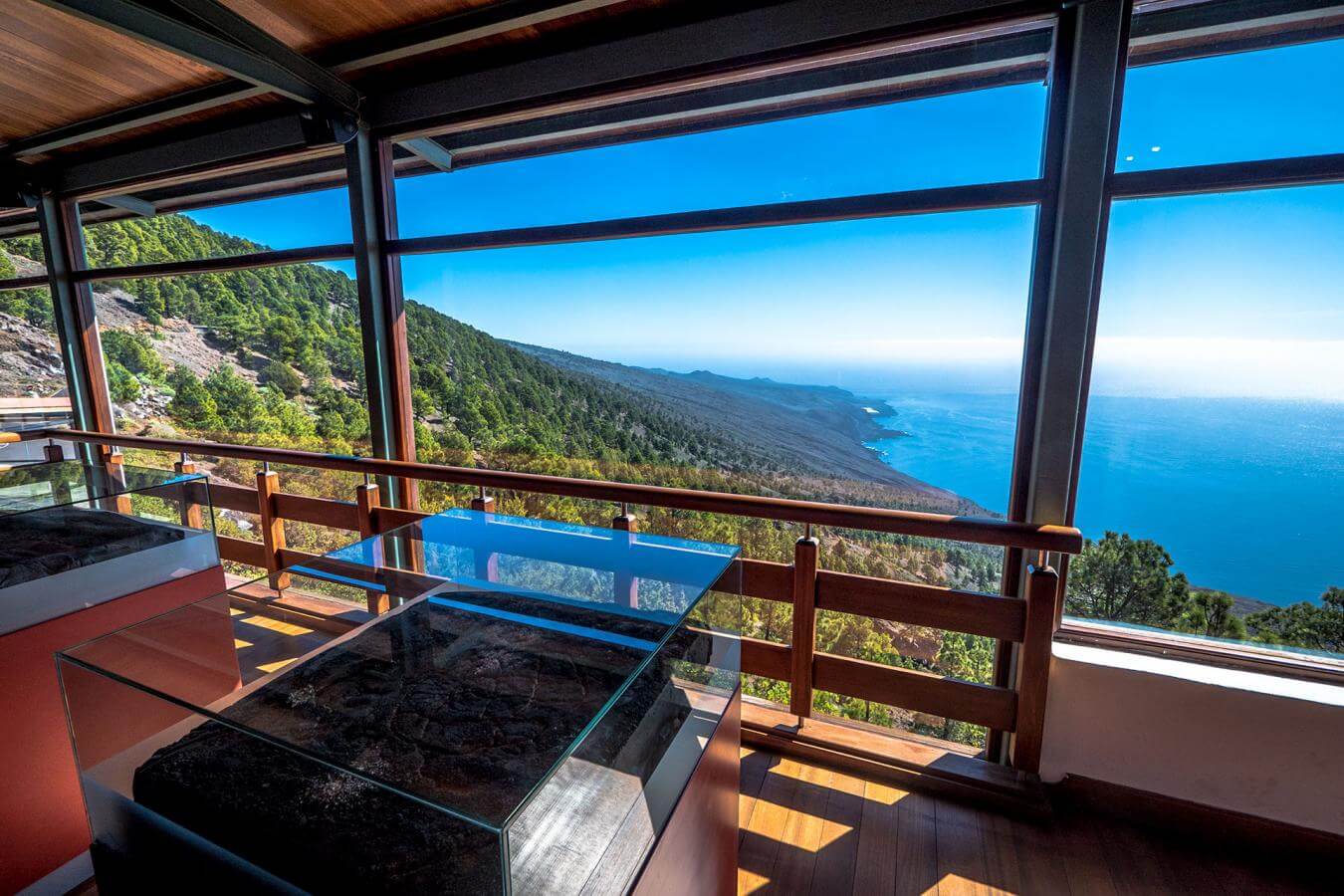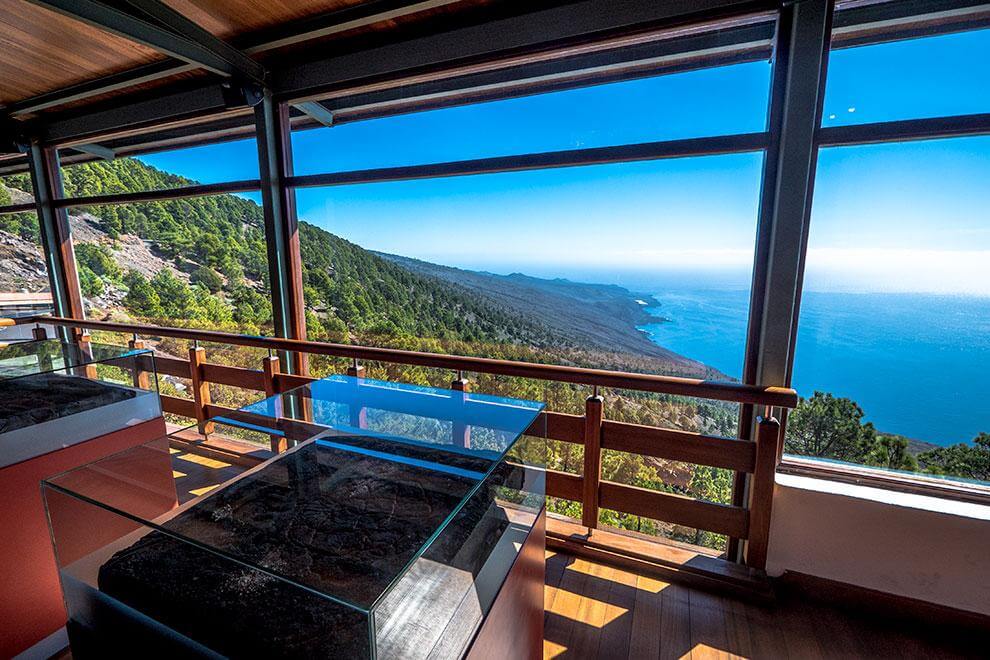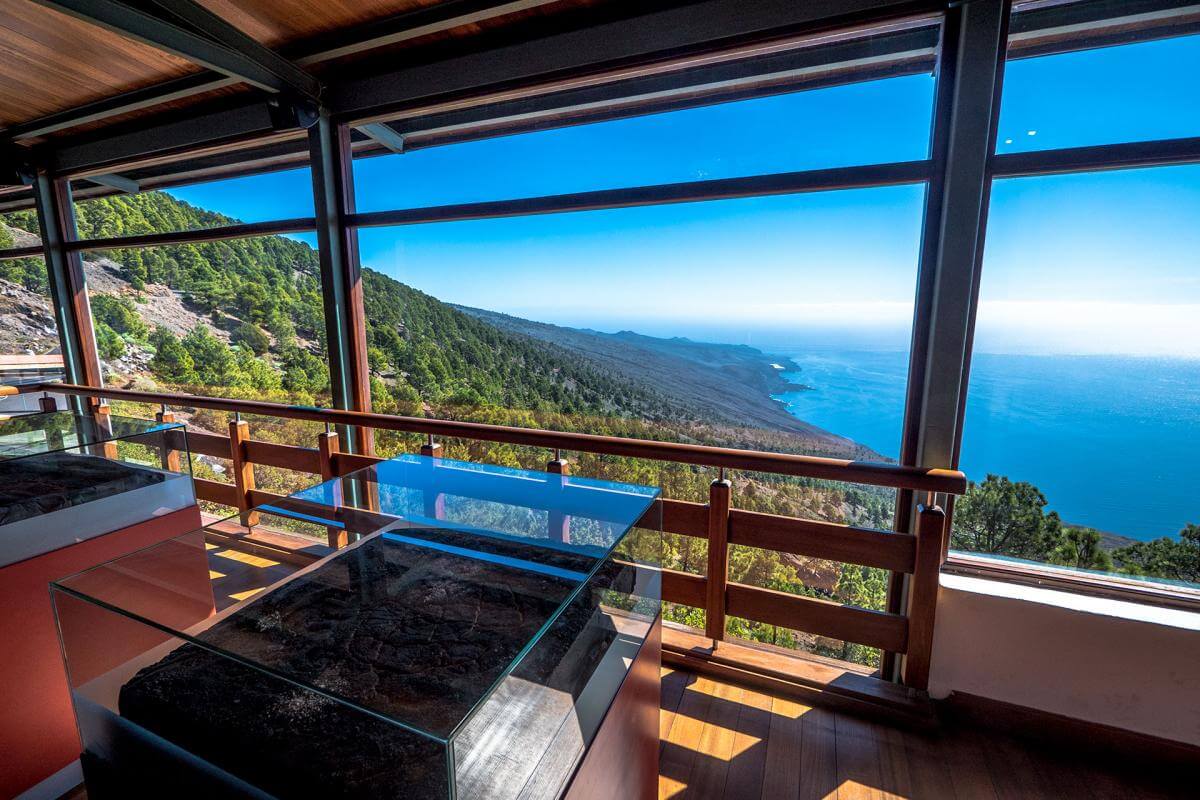From the Lagartario to an interpretation centre dedicated to what was the sacred tree for the island’s indigenous inhabitants
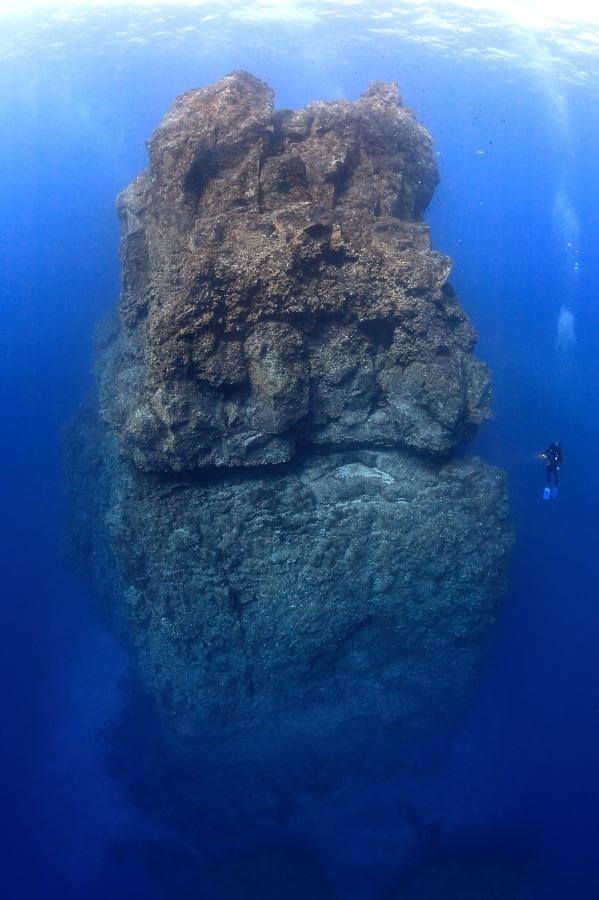

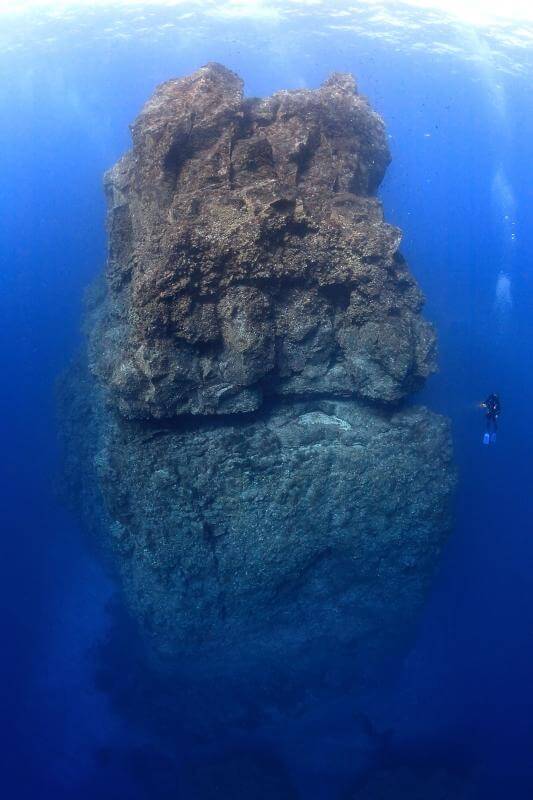
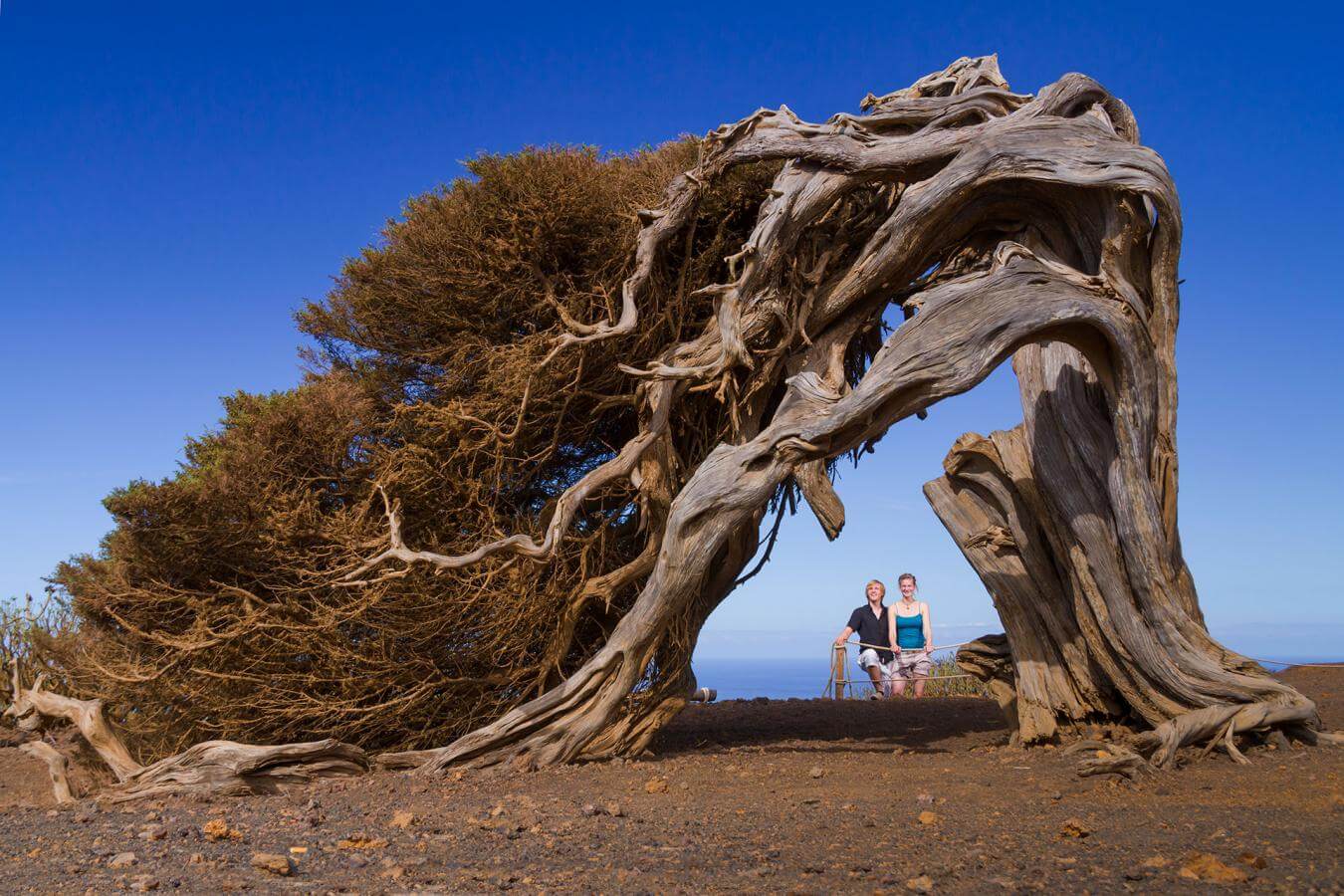
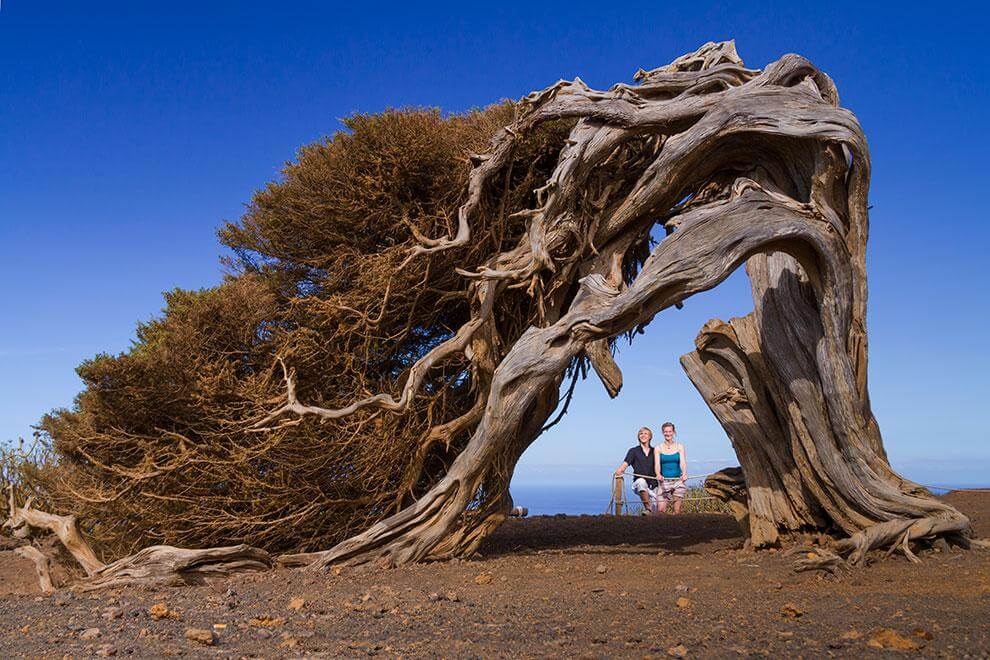
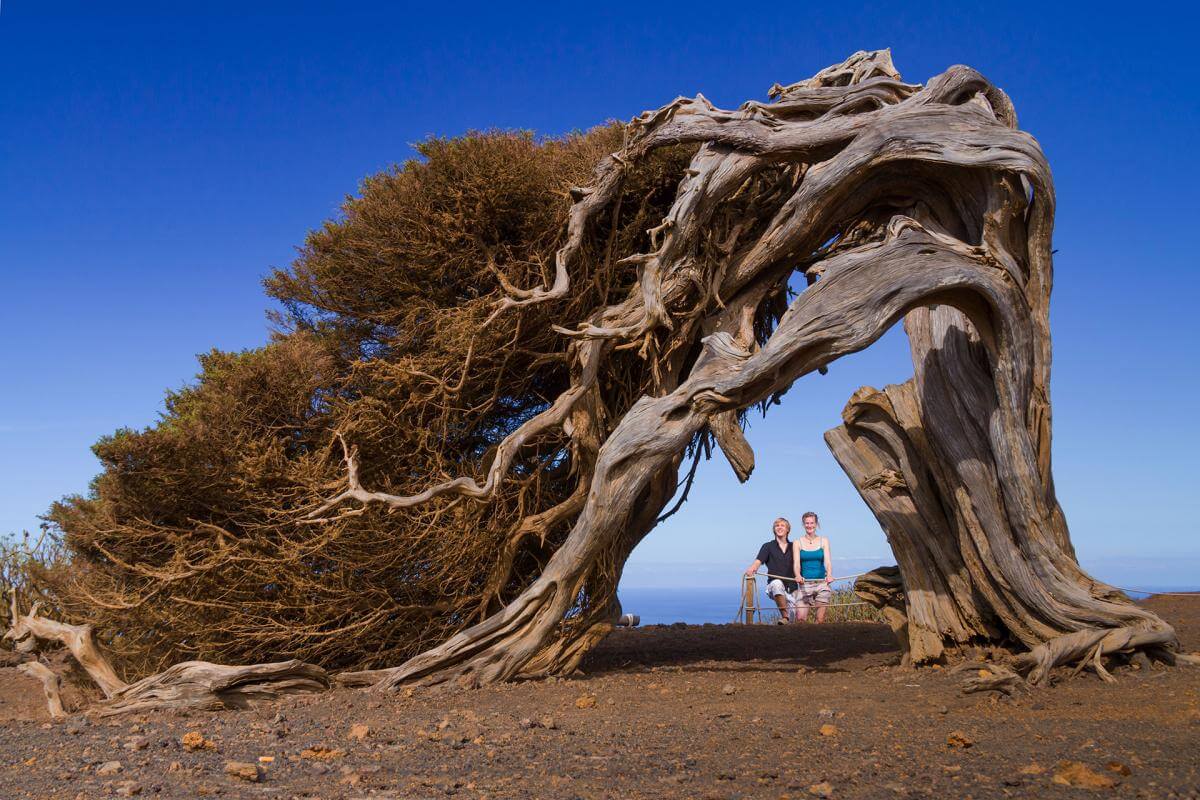
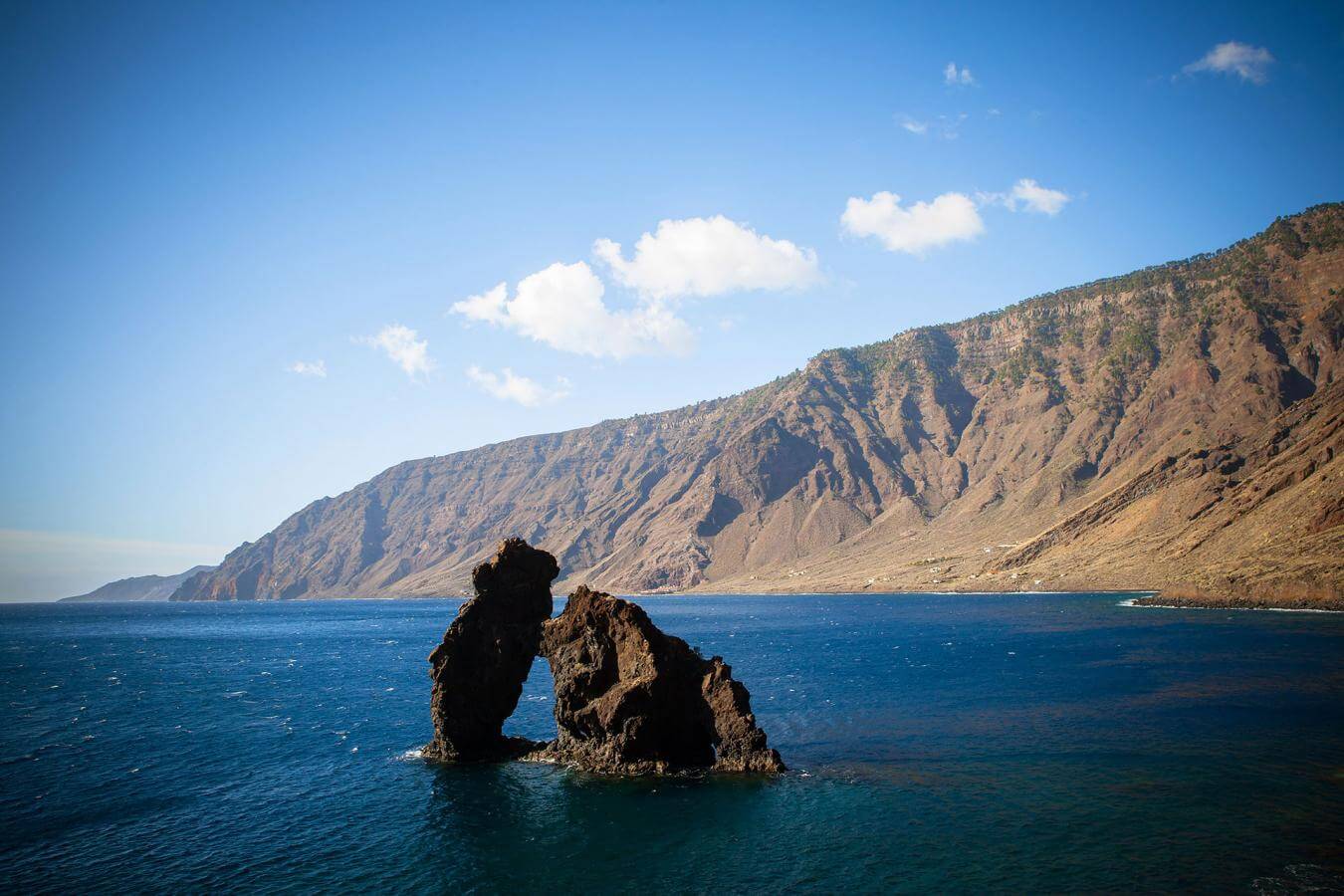
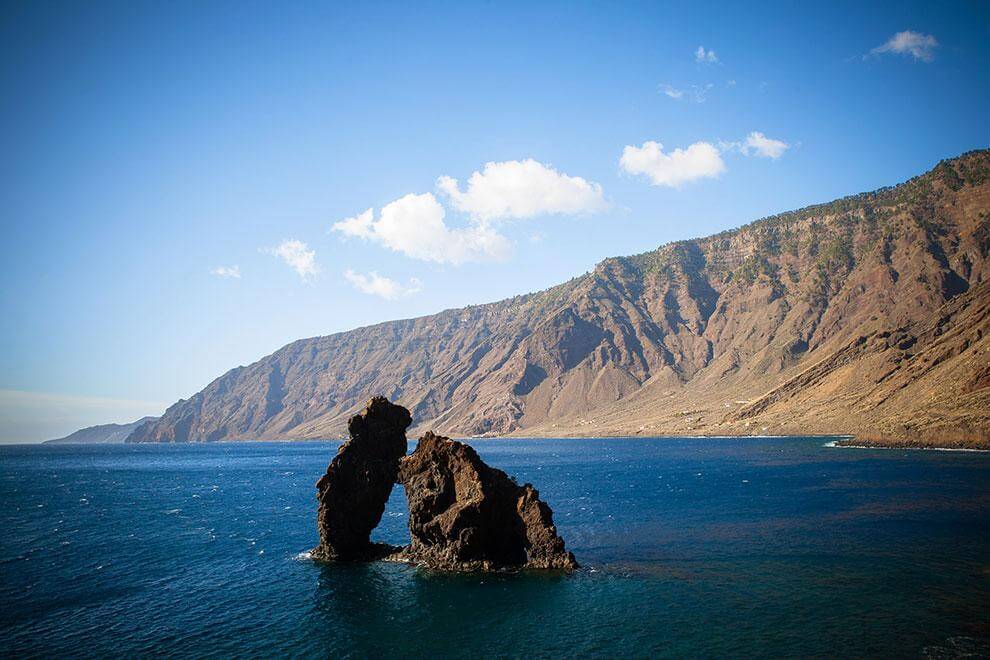
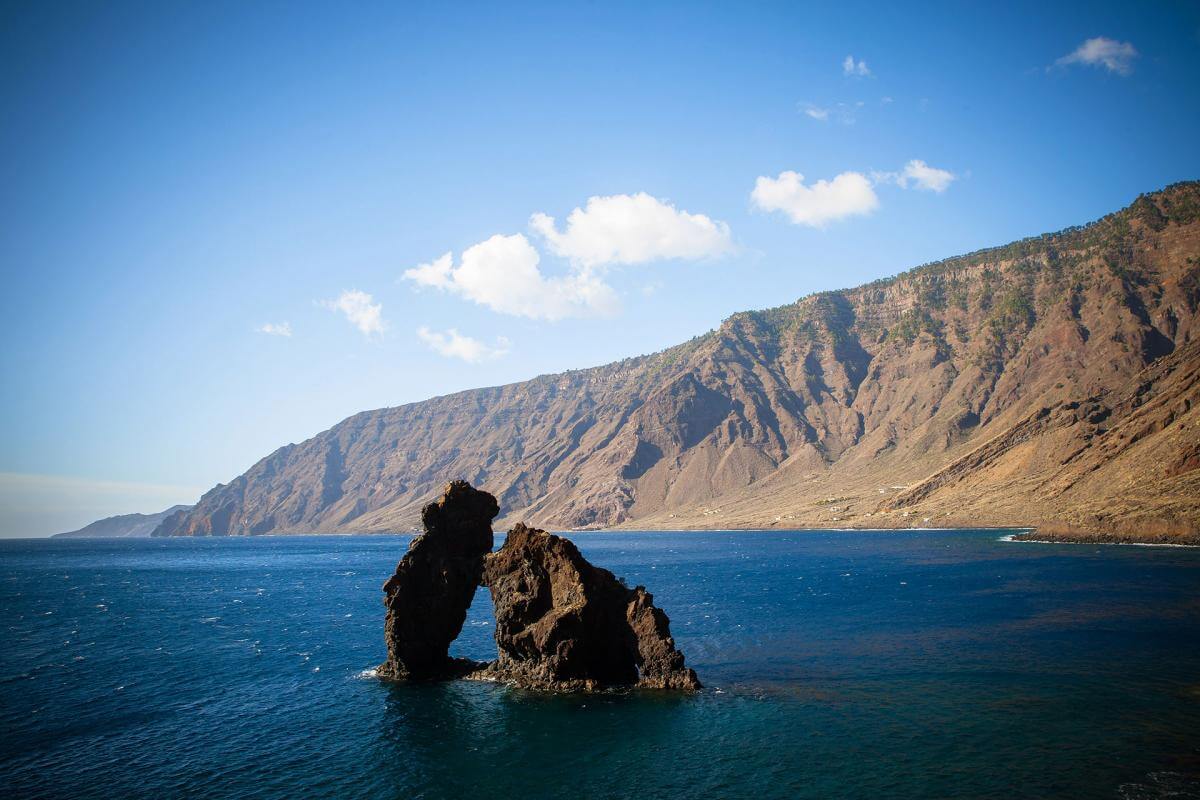
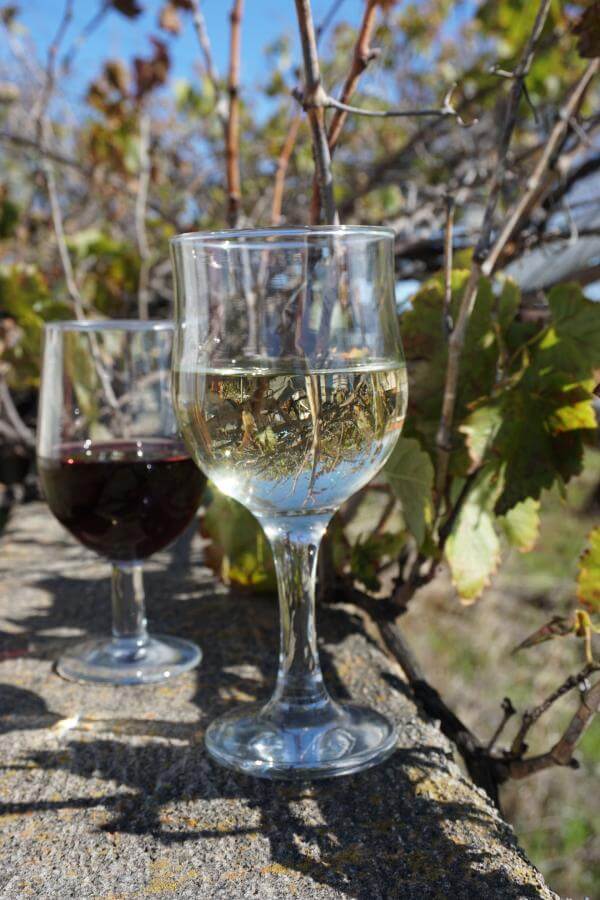
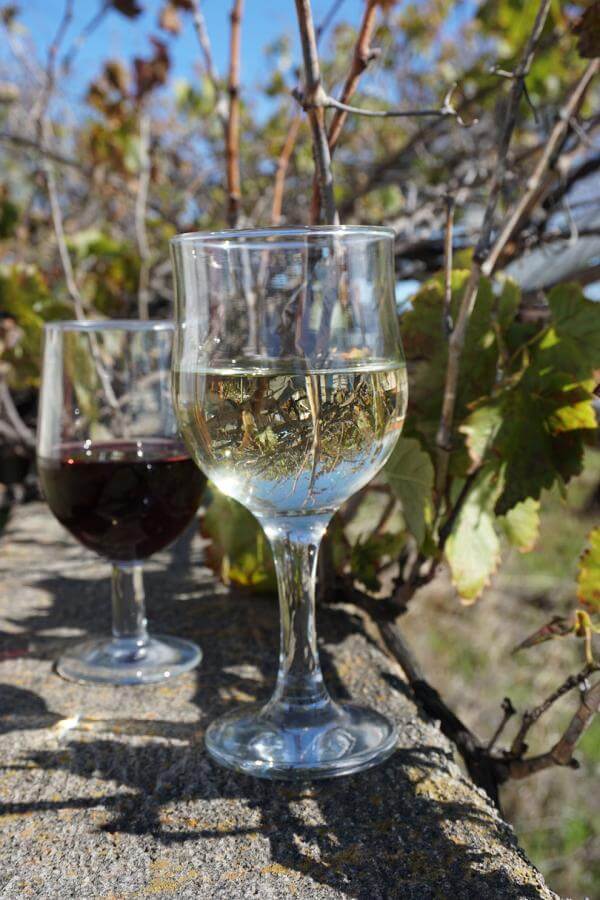
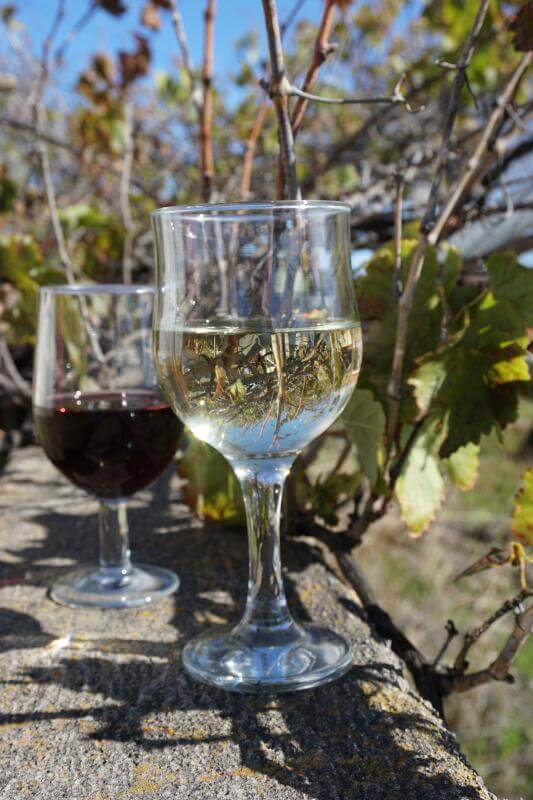
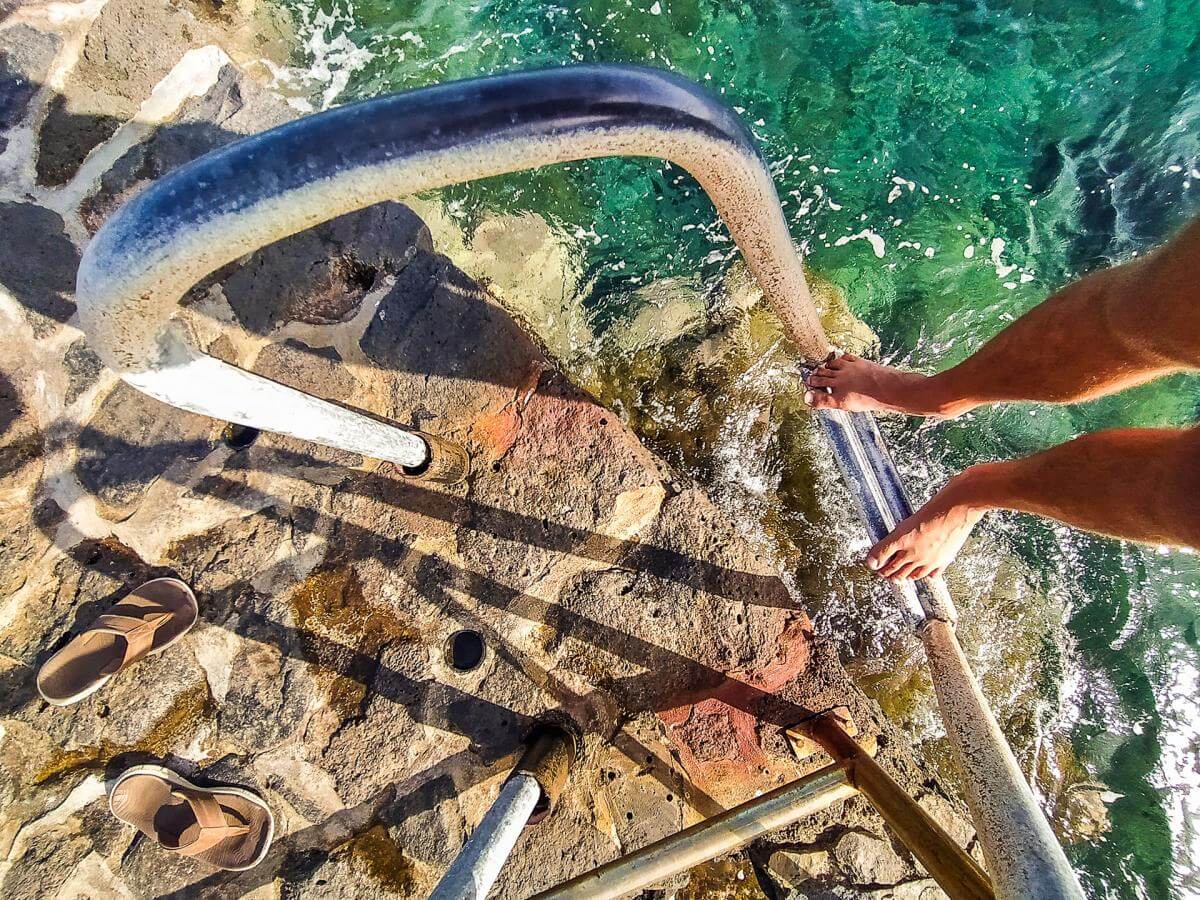
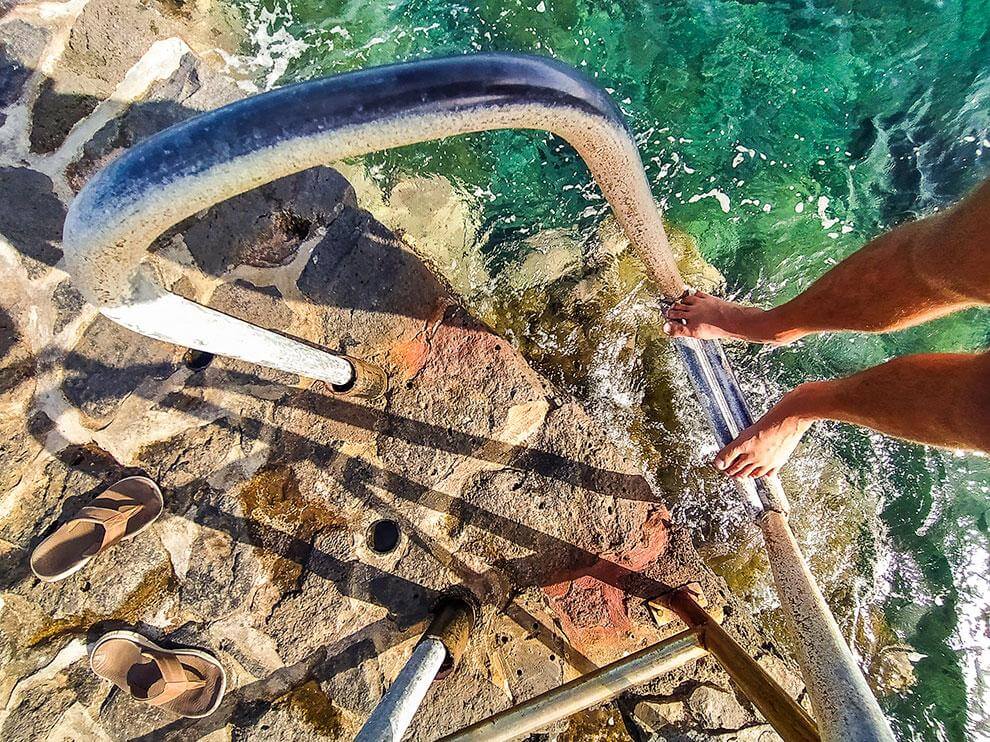
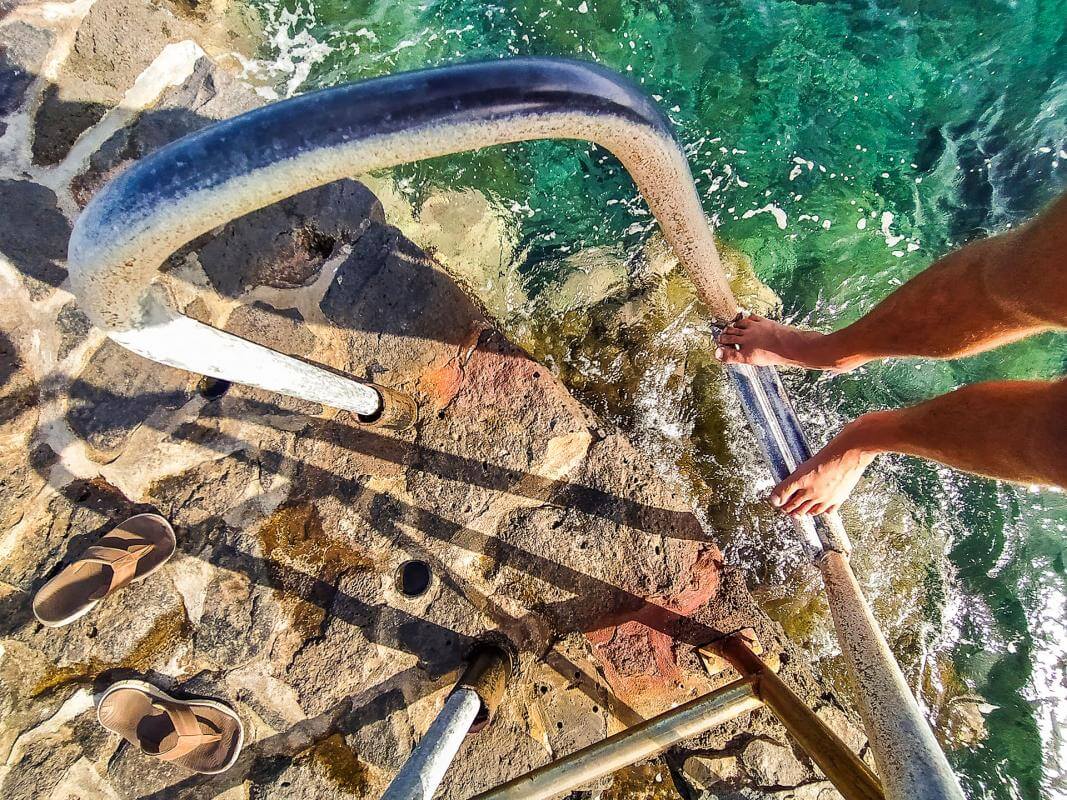
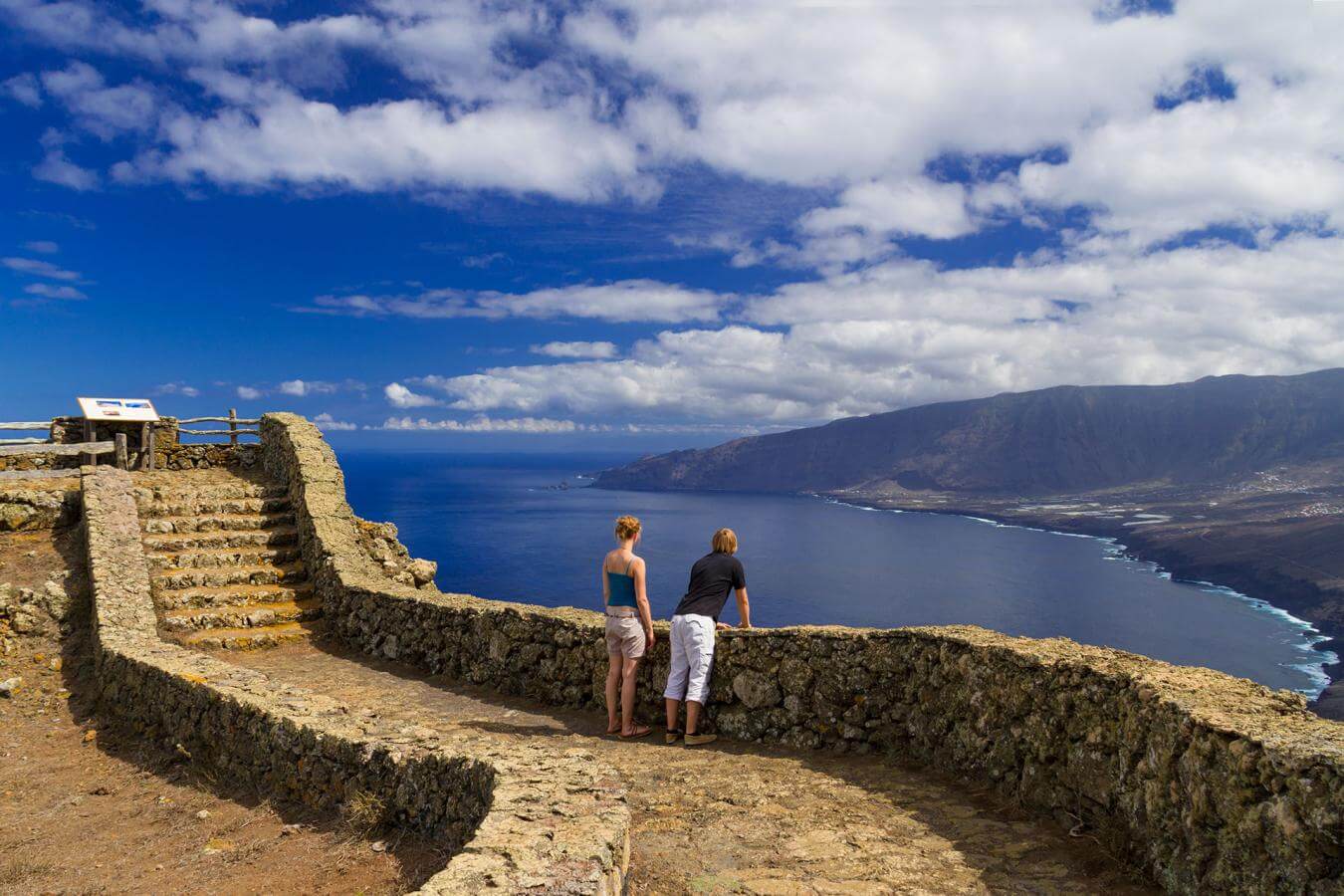
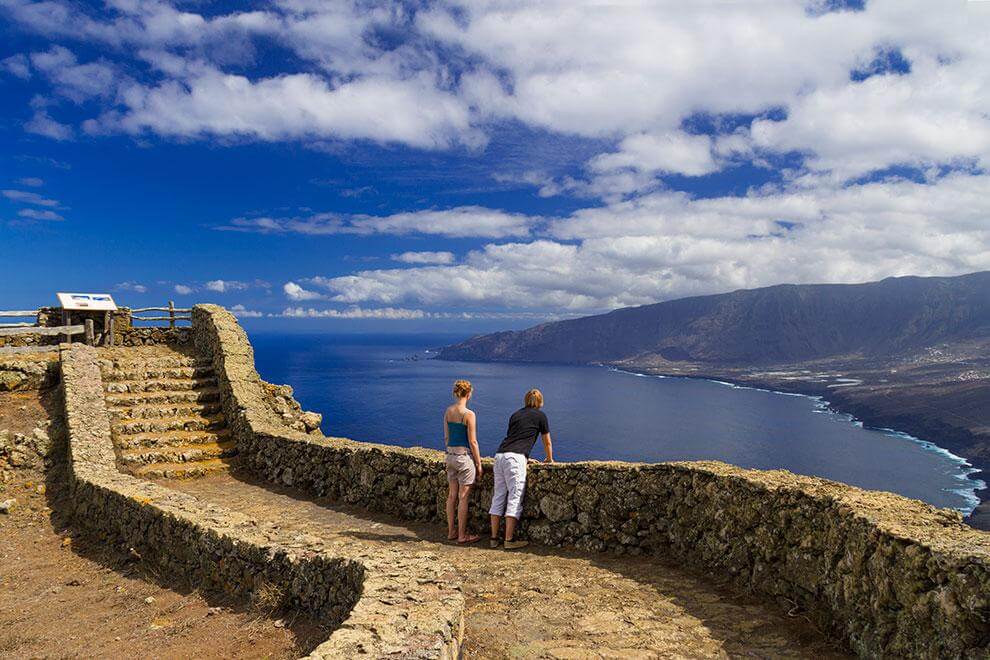
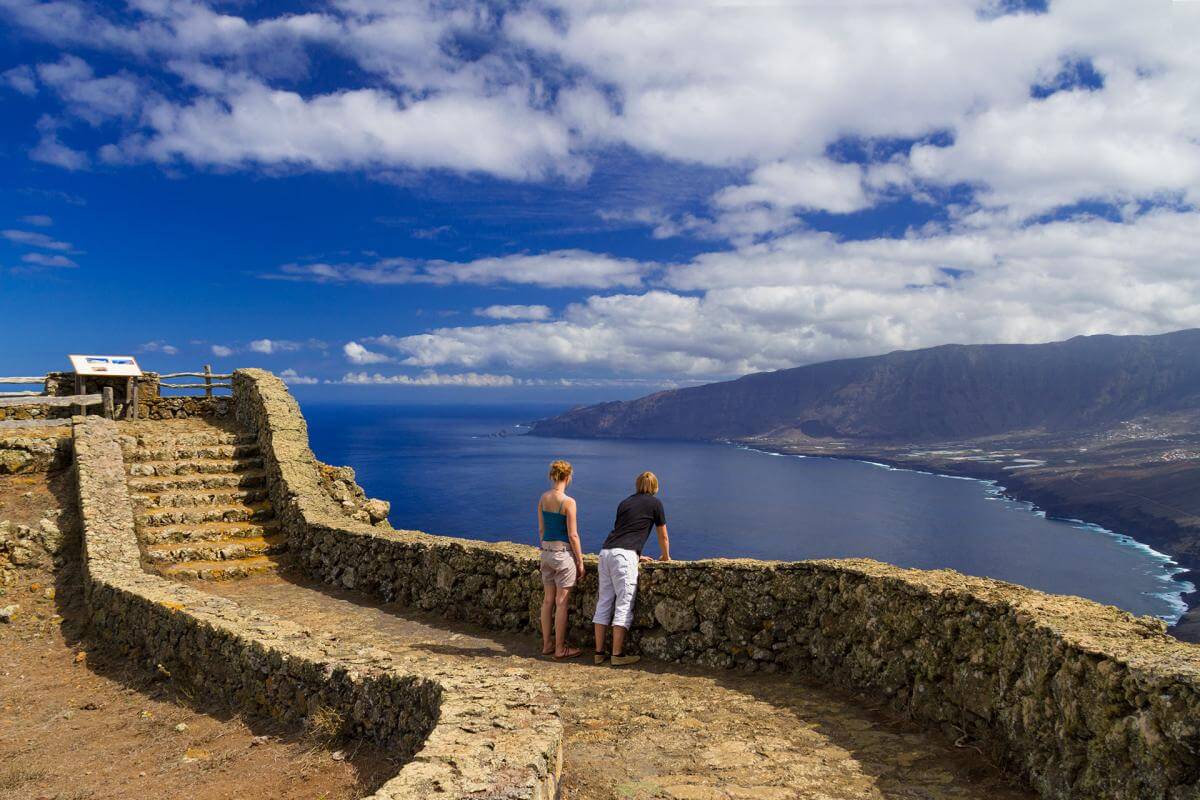
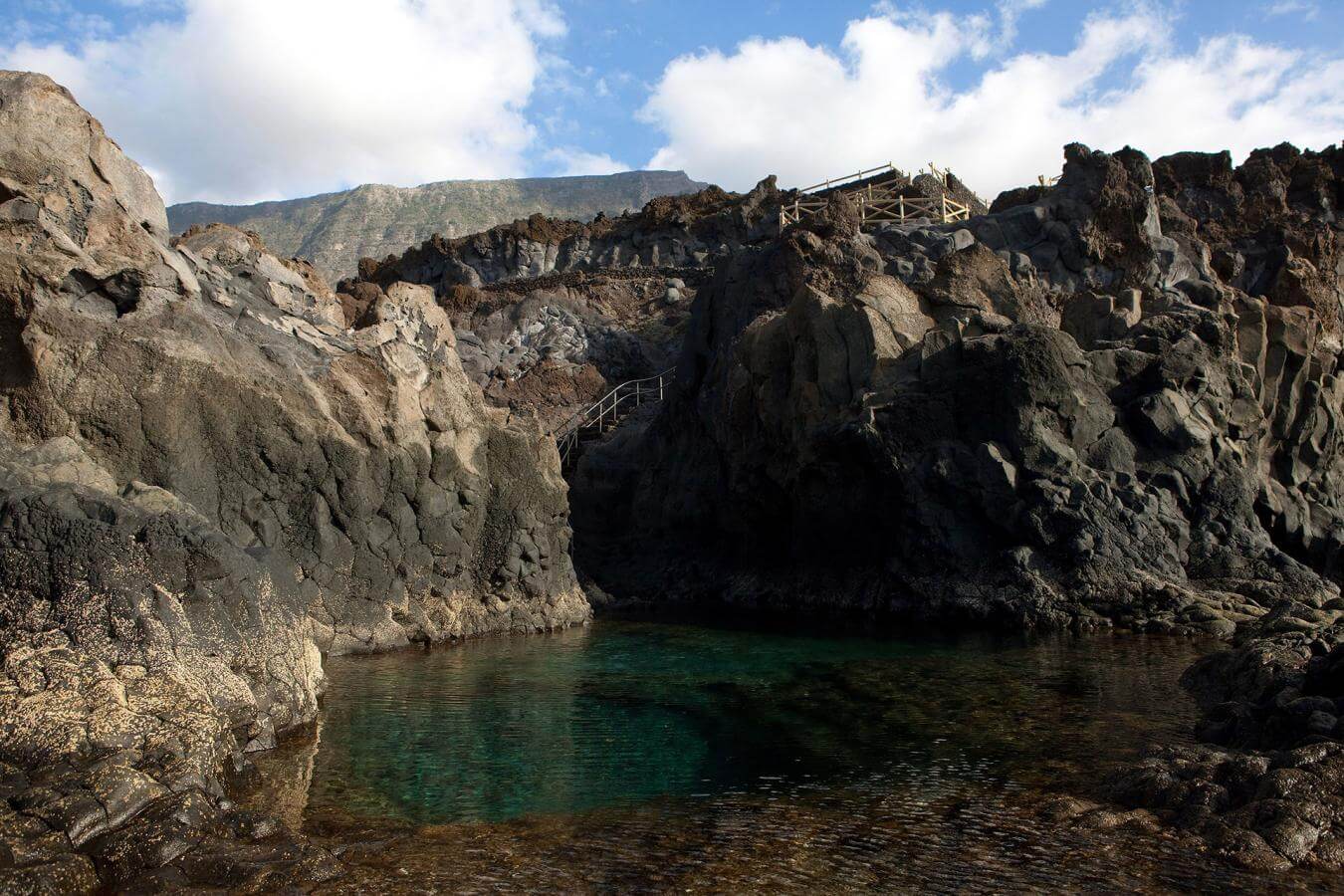
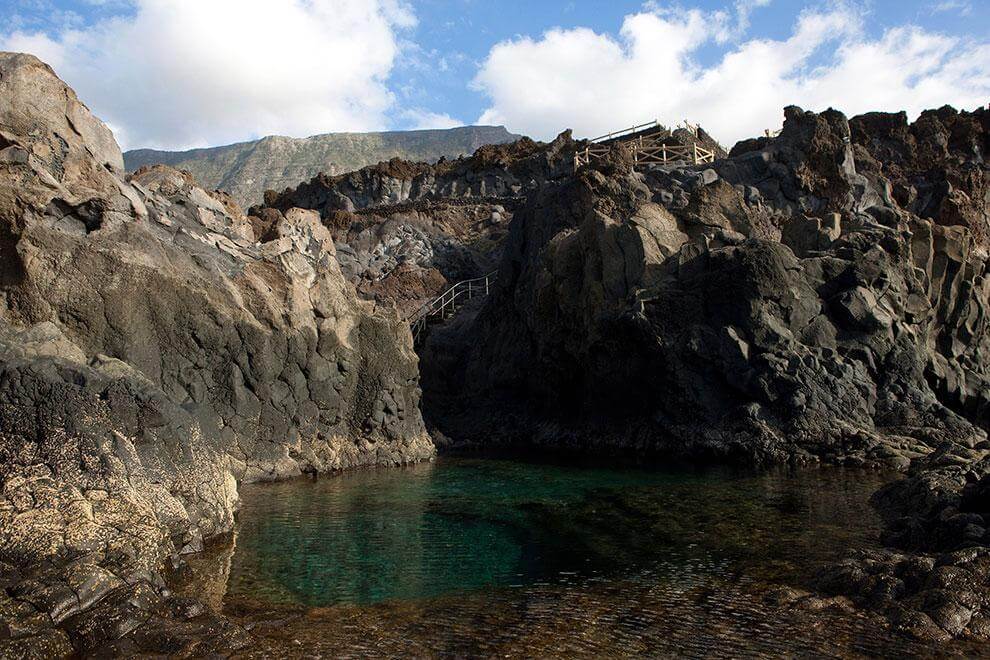
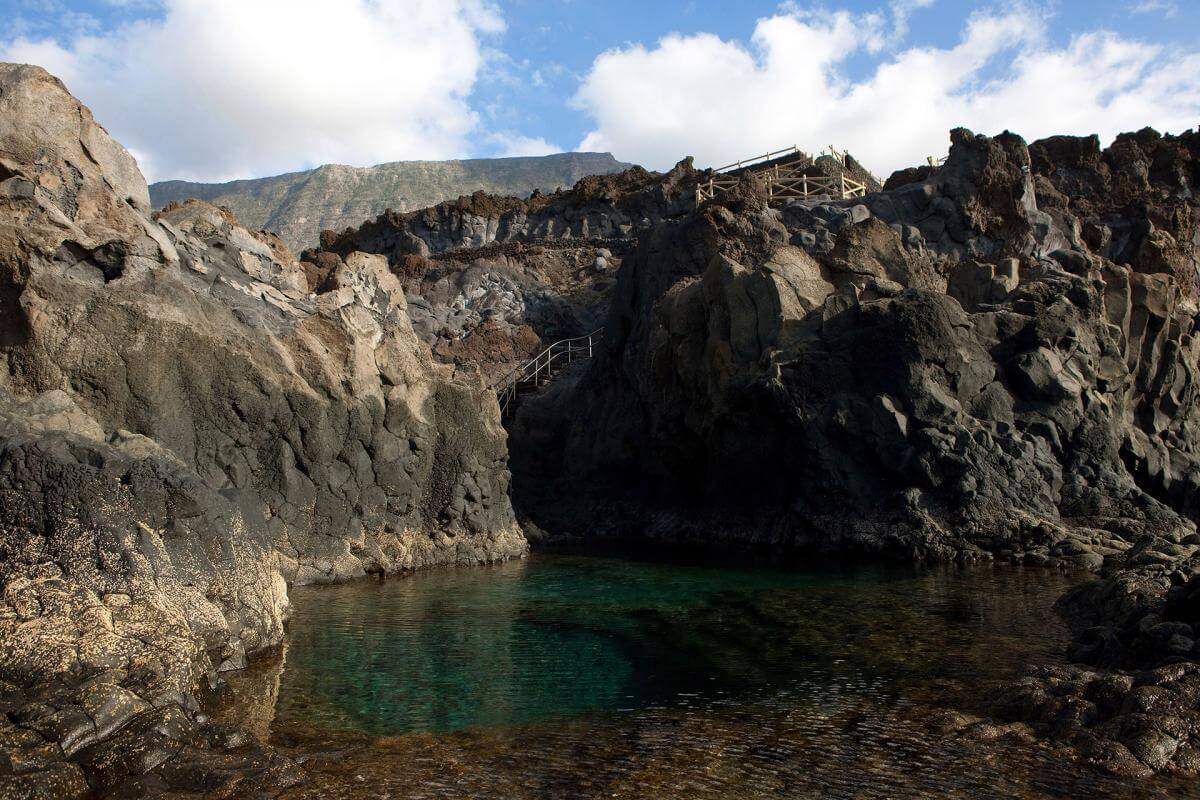
This tiny island, which flies the flag of sustainability and respect for the environment, is full of surprises for visitors, who will find a host of attractions. Because as well as its indisputable natural charms, El Hierro also has interesting museums to suit all tastes. Below are some of the ones you simply must visit.
Recovery centre for the Giant Lizard of El Hierro
This endangered reptile is one of the jewels and a symbol of the island. And precisely to prevent its disappearance, a few decades ago this Lagartario was created as part of a plan to achieve its recovery. A place that has to be visited close up, to discover the secrets of breeding in captivity of this unique species which is gradually recovering thanks to the collective effort of the public authorities and the inhabitants of the island.
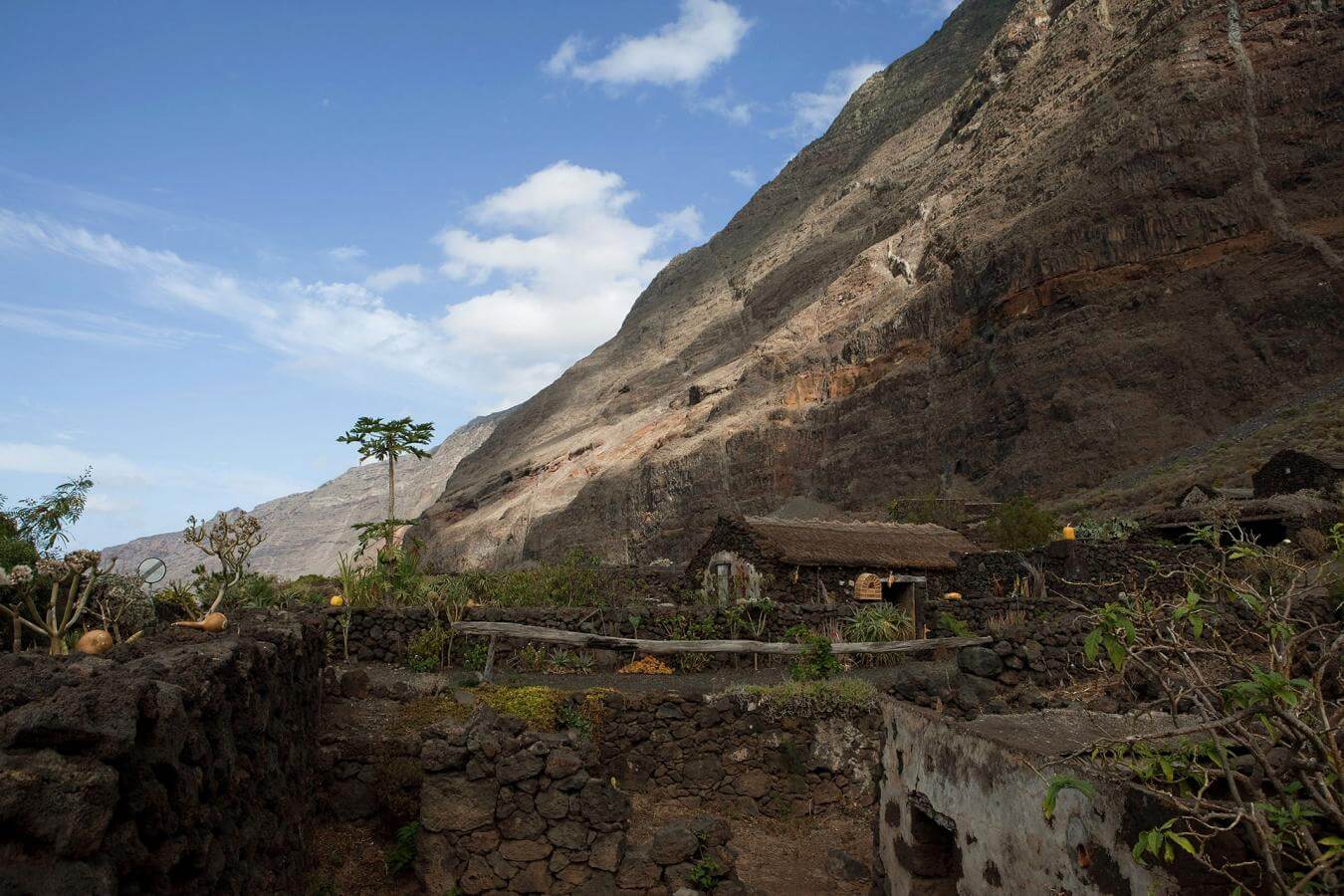
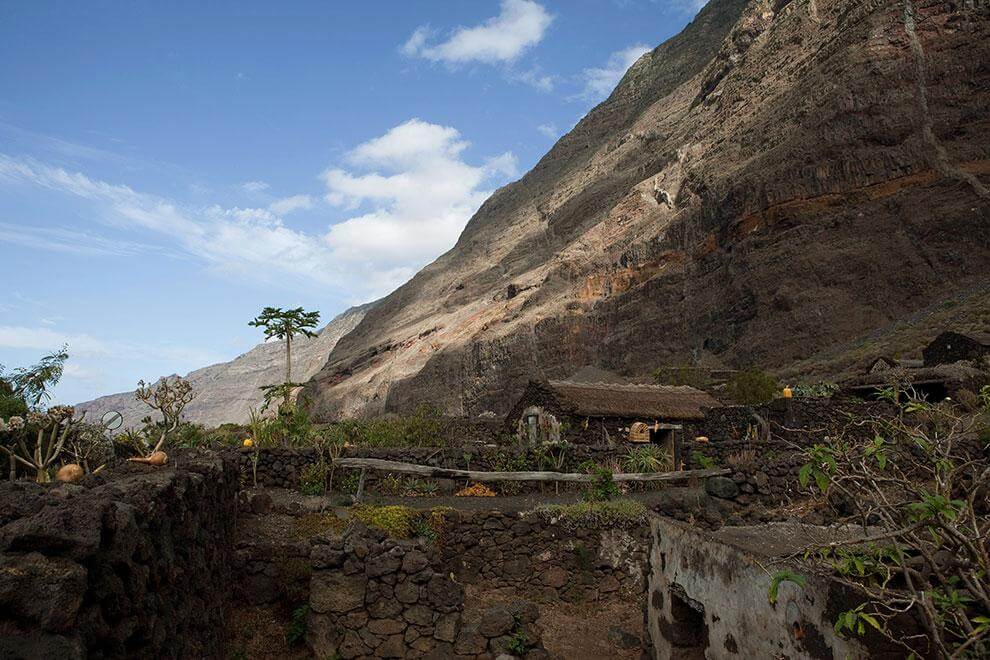
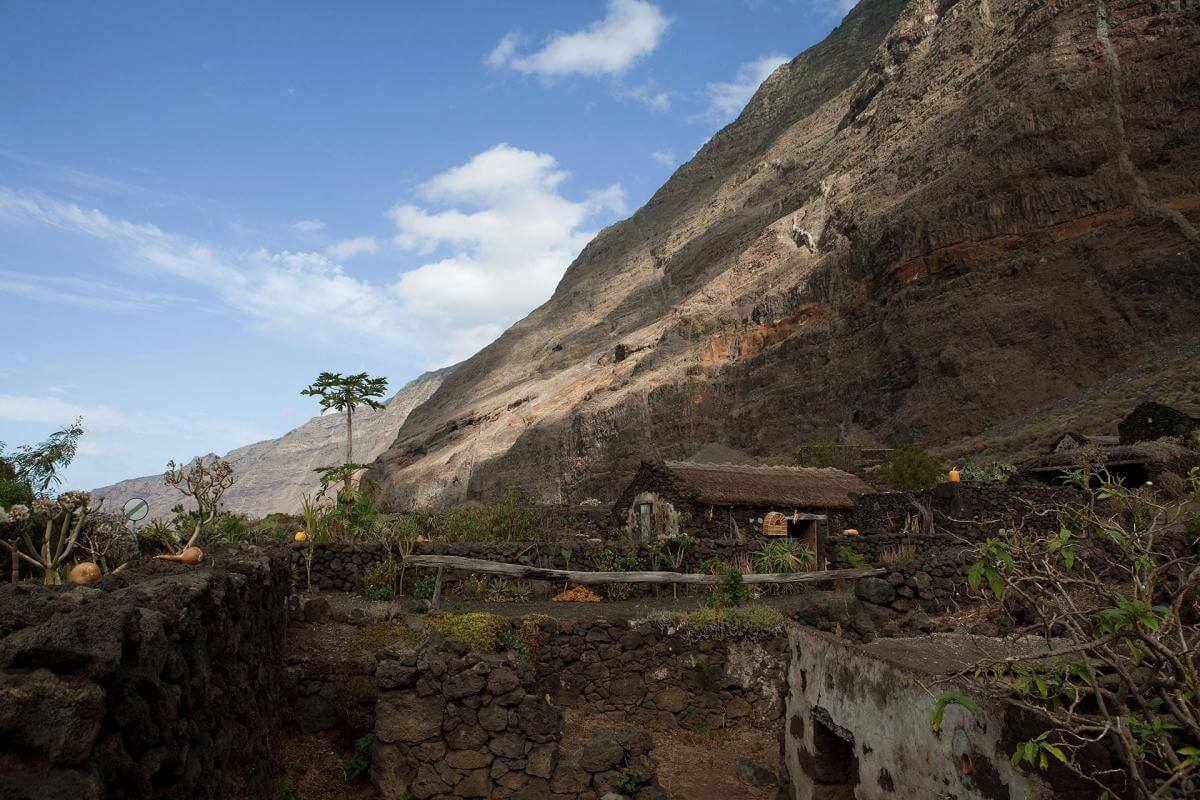
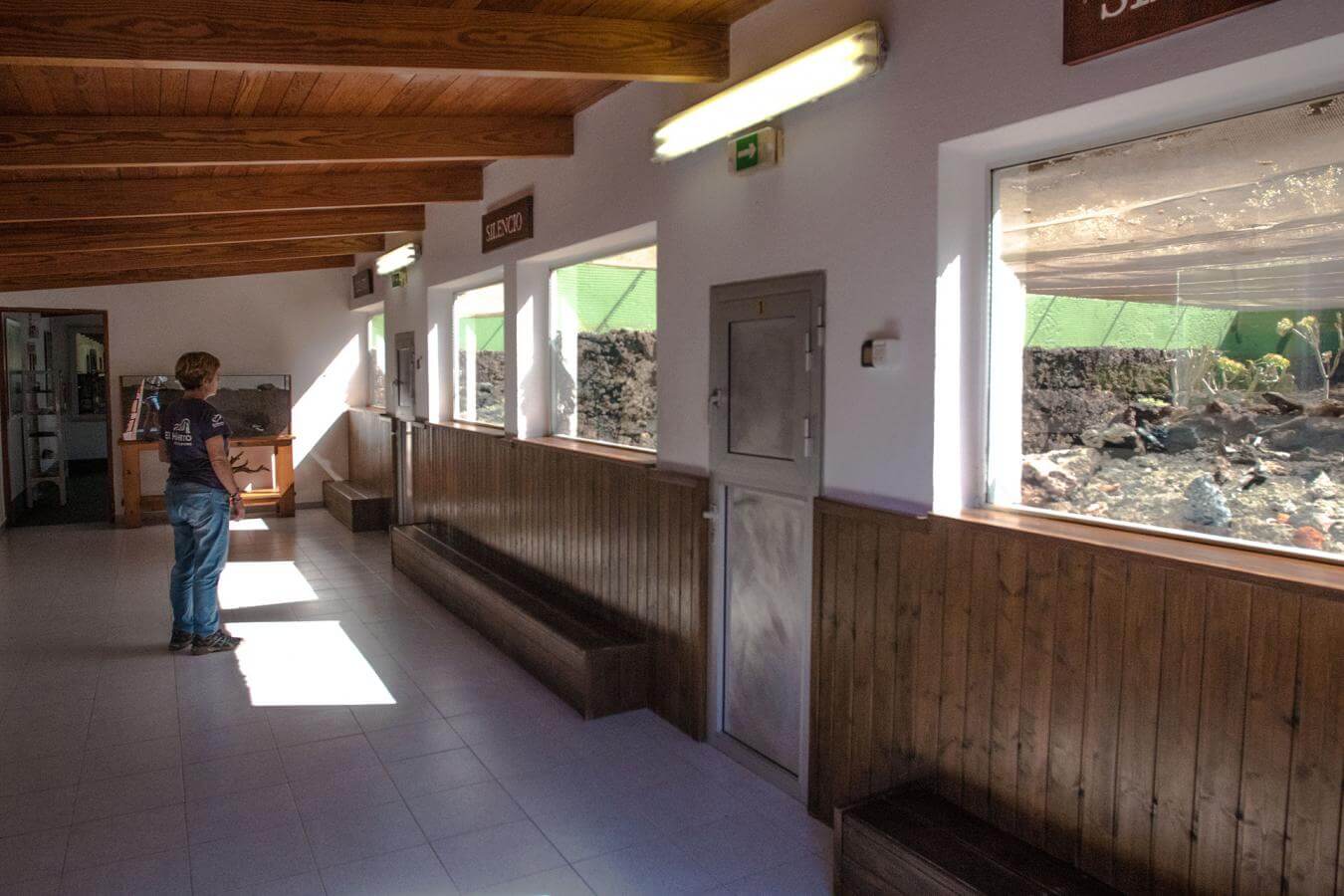

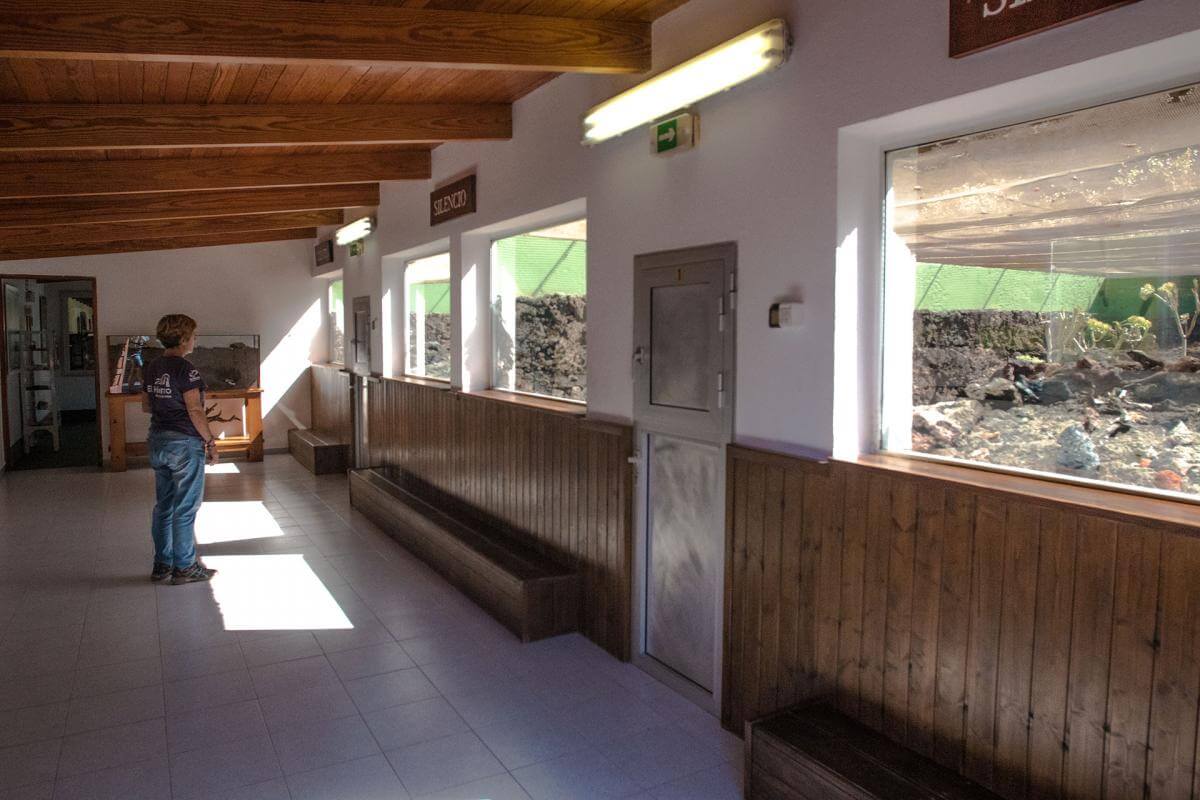
Biosphere Reserve Interpretation Centre
Almost 60 % of the territory of El Hierro is protected. This, in conjunction with certain initiatives the island is implementing, makes it a sustainability beacon not only in Spain, but throughout Europe. In addition to its wager on renewable energy, the island is committed to the preservation of biodiversity, the landscape and indigenous ecosystems, which can be discovered in depth on a trip to the Biosphere Reserve Interpretation Centre. Located in the former social club building in Isora, which is now consecrated to the island’s long romance with nature, here we will discover the natural history of El Hierro and its more pioneering projects, including the wind-pumped hydro power station of Gorona del Viento, among others.



El Hierro Archaeological Museum
It is worth stopping at this centre, located in Valverde, which displays items of an anthropological nature, with access to different ethnographic reserves. One of its jewels is a wooden funerary stele with Libyco-Berber inscriptions, unique in Canarian archaeology.
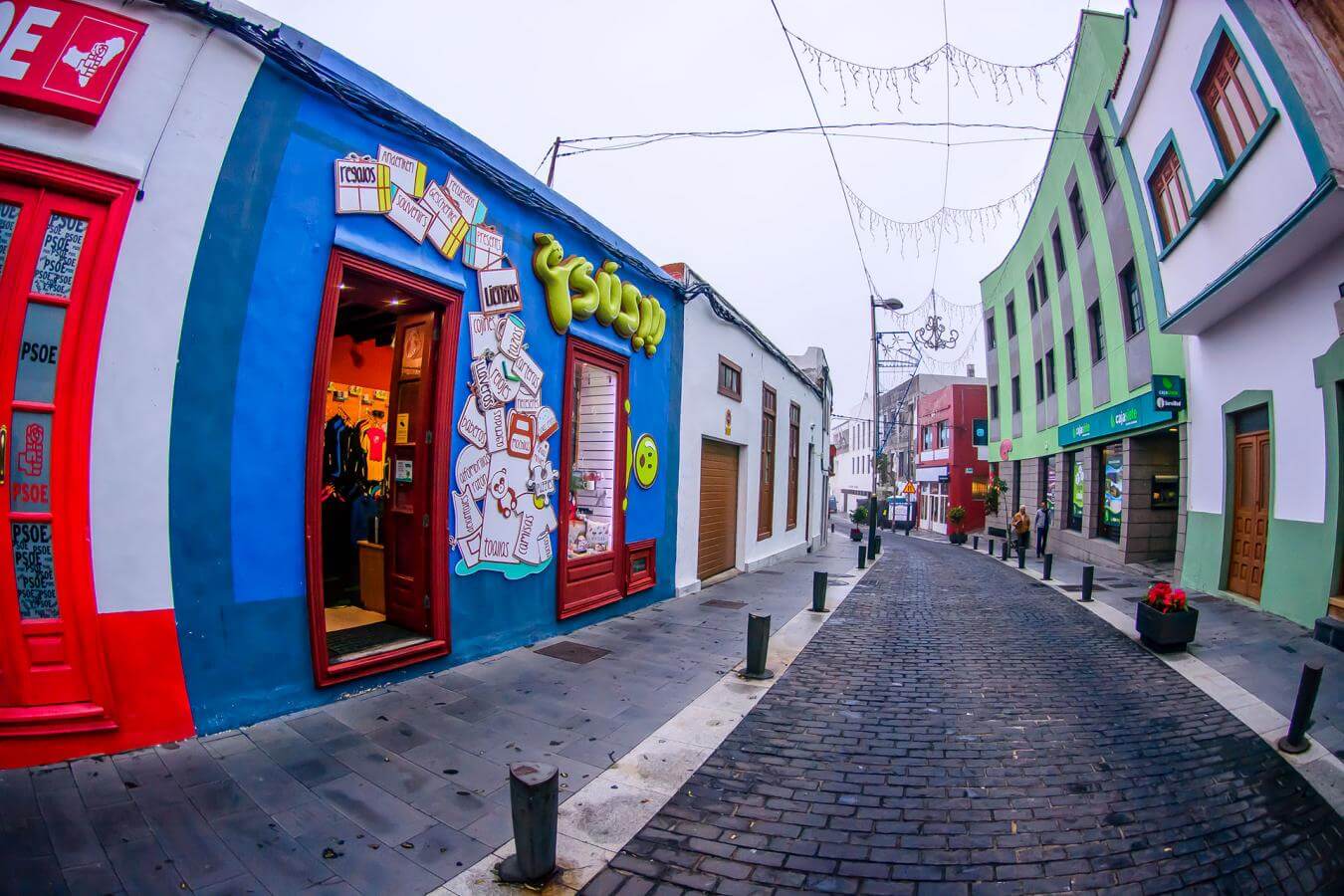


Garoé Interpretation Centre
The famous Garoé Tree is a symbol of El Hierro, found in an enigmatic enclave of the municipality of San Andrés. The Bimbaches, as the first inhabitants of the island were called, considered this tree to be sacred, as it provided them with the water they needed to survive - which is so scarce in the island geography - thanks to the phenomenon of horizontal rain. The original til (a species typical of laurissilva forests) was blown down by a hurricane in the 17th century, and another specimen was planted in its stead. This same town marks the beginning and end of the Ruta del Agua, a 16-kilometre trail that shows us the importance and history of this basic element in the island.
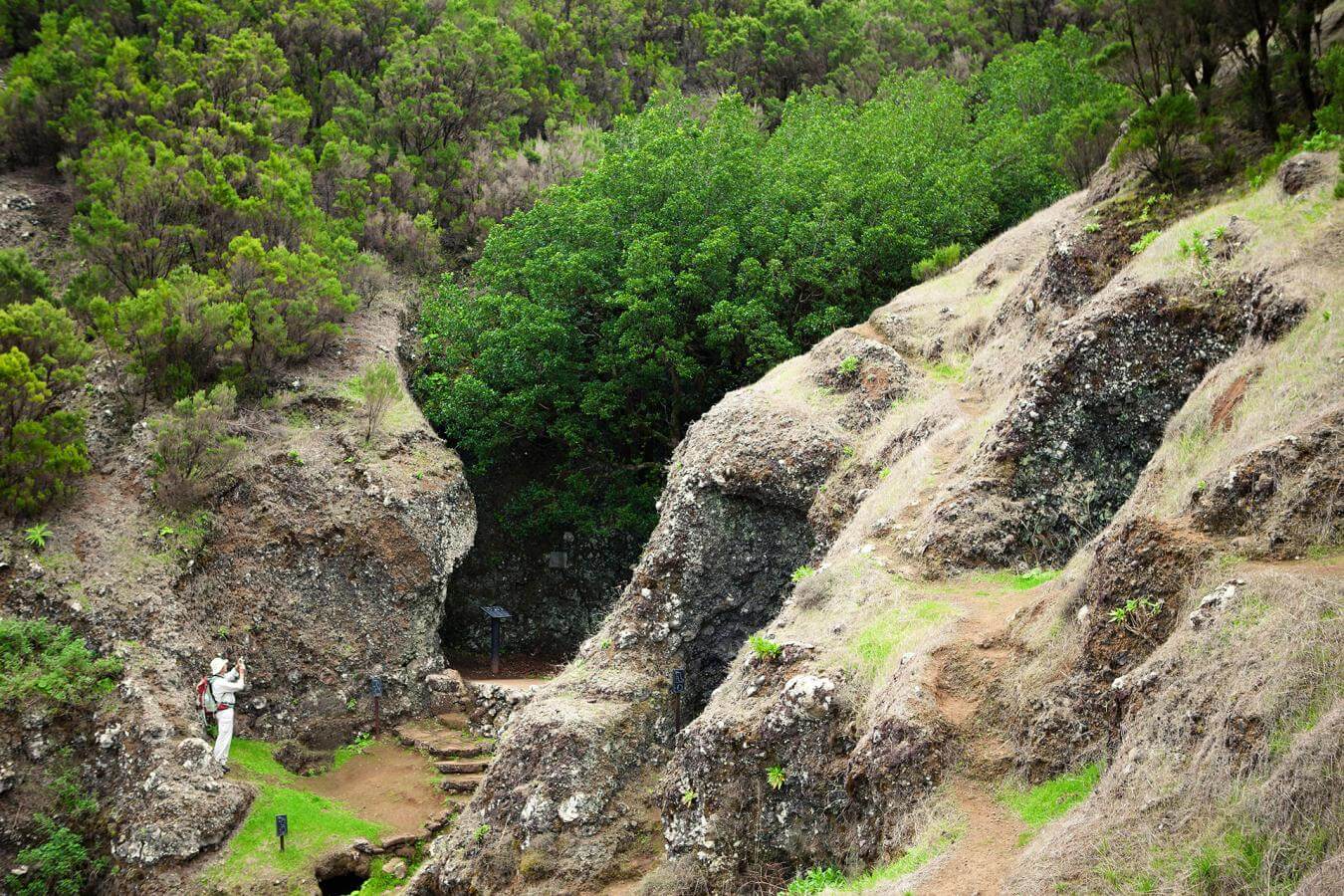
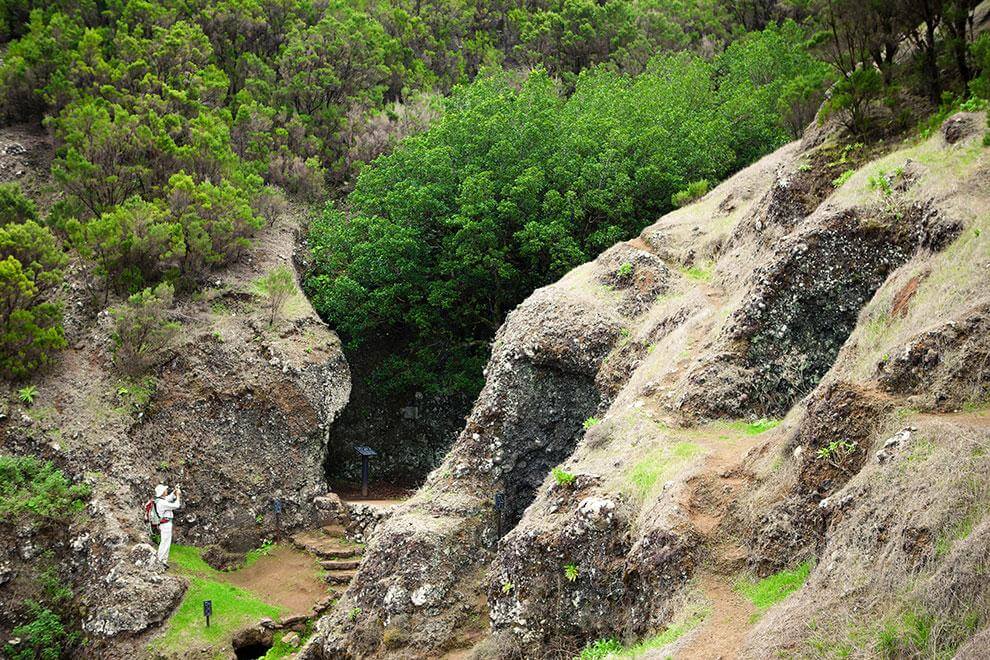
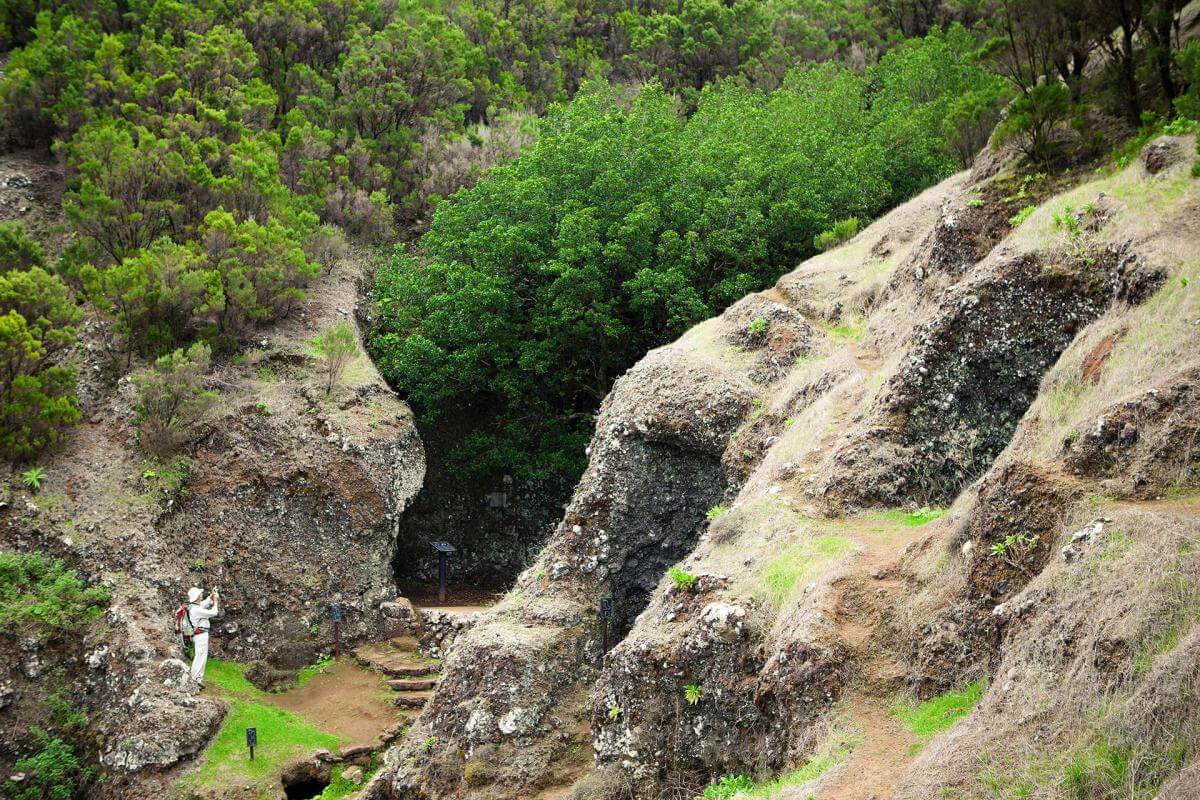
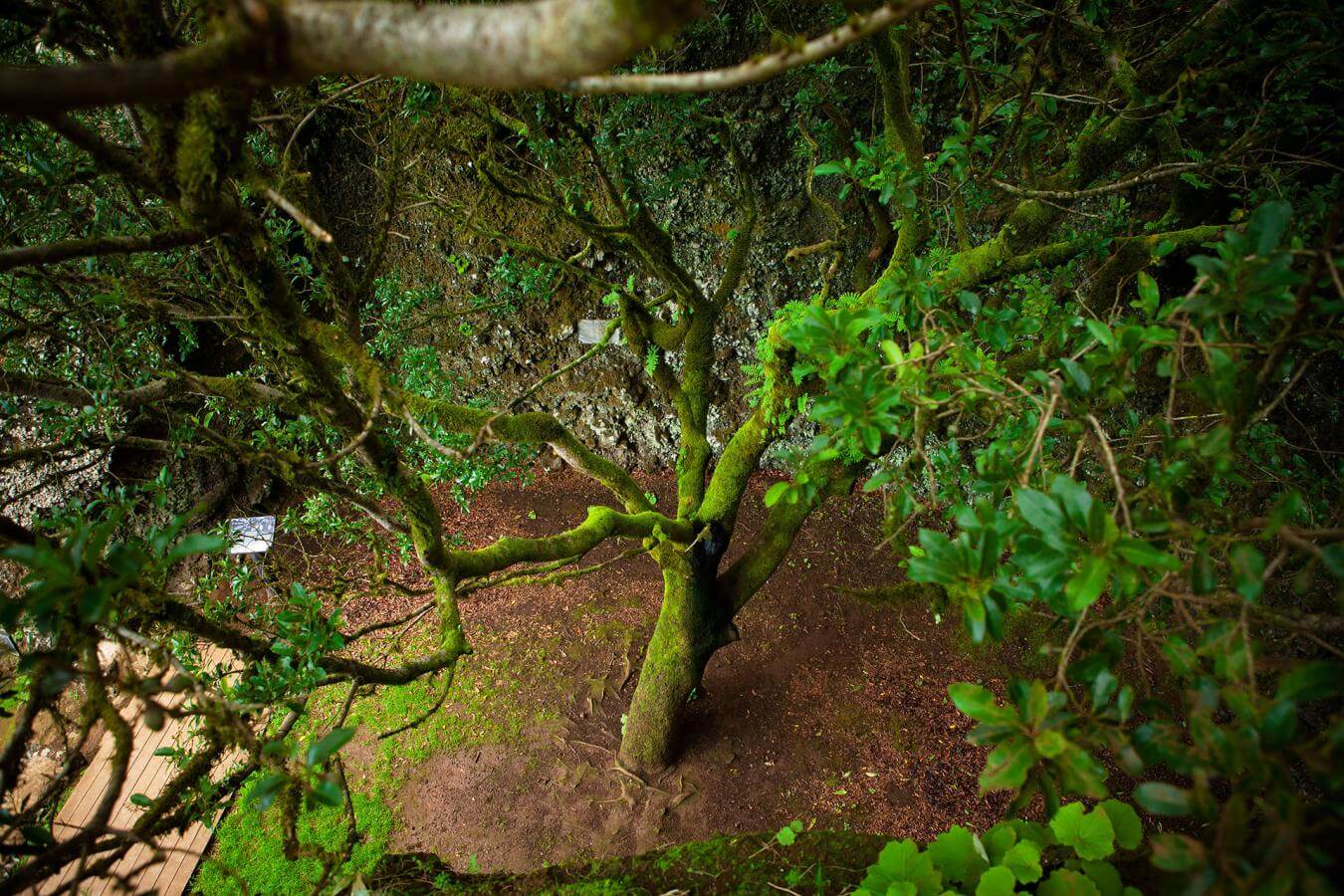
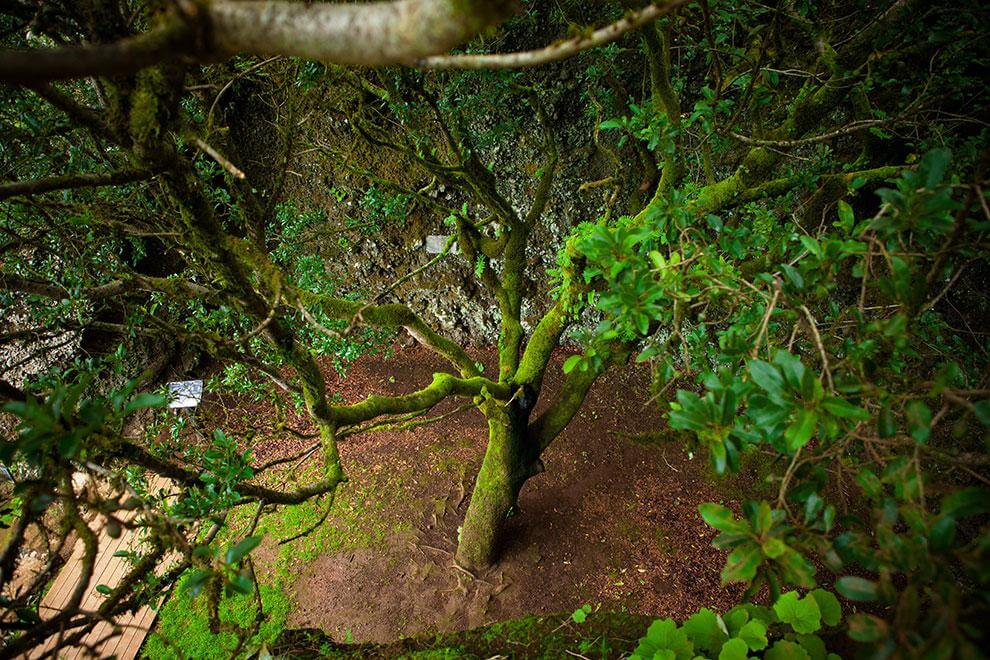
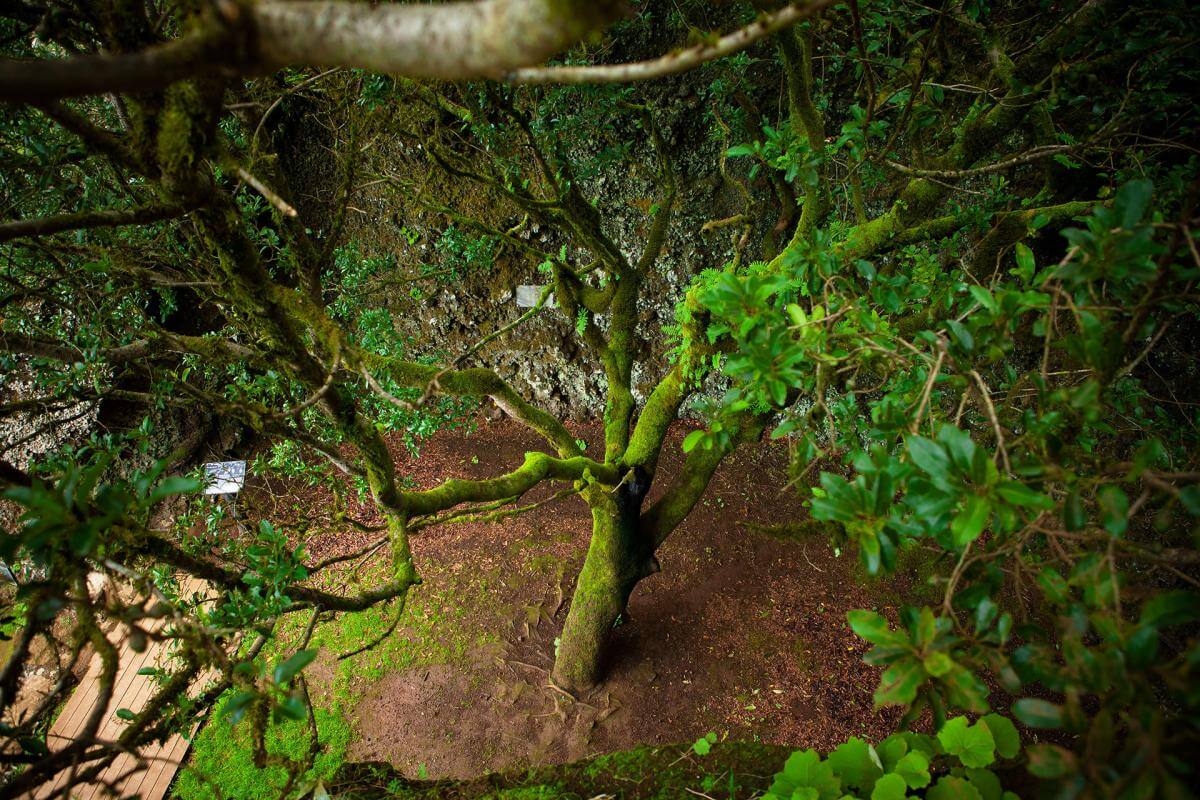
Casa de Las Quinteras Ethnographic Centre
Workshop, smithy and loom, textile, wood and clay handicrafts. Visiting the Casa de Las Quinteras is like entering into the history, both remote and recent, of this island which has always valued the work of its craftspeople. Here we can find a fair number of objects that are representative of the different trades of El Hierro, and acquire a wide variety of artisanal items made on the island, ranging from ceramics to clothes or accessories.
Geological Interpretation Centre
In the municipality of El Pinar, located in the former social club building, we find this comprehensive interpretation centre which showcases the importance of this island in geological, ethnographic and cultural terms. The wealth of its singular geological heritage, and the fact that a local development strategy has been established, led to El Hierro being declared a Global Geopark by UNESCO. The centre has panels providing detailed explanations of the formation of the island and its innumerable natural resources.
El Julan Cultural Park Interpretation Centre
El Julan Cultural Park is a must-visit stopover on El Hierro, as it enables us to visit the stone engravings (petroglyphs) left by the ancient inhabitants of the island, called Bimbaches, as well as numerous archaeological remains. It is worth stopping at the interpretation centre, as it will help us discover the best-kept secrets of this enclave and bring us closer to the way of life of the indigenous people of El Hierro. A visit to the cultural centre includes a guided tour around the archaeological zone, which can be taken on foot or by car, and is definitely worthwhile.
